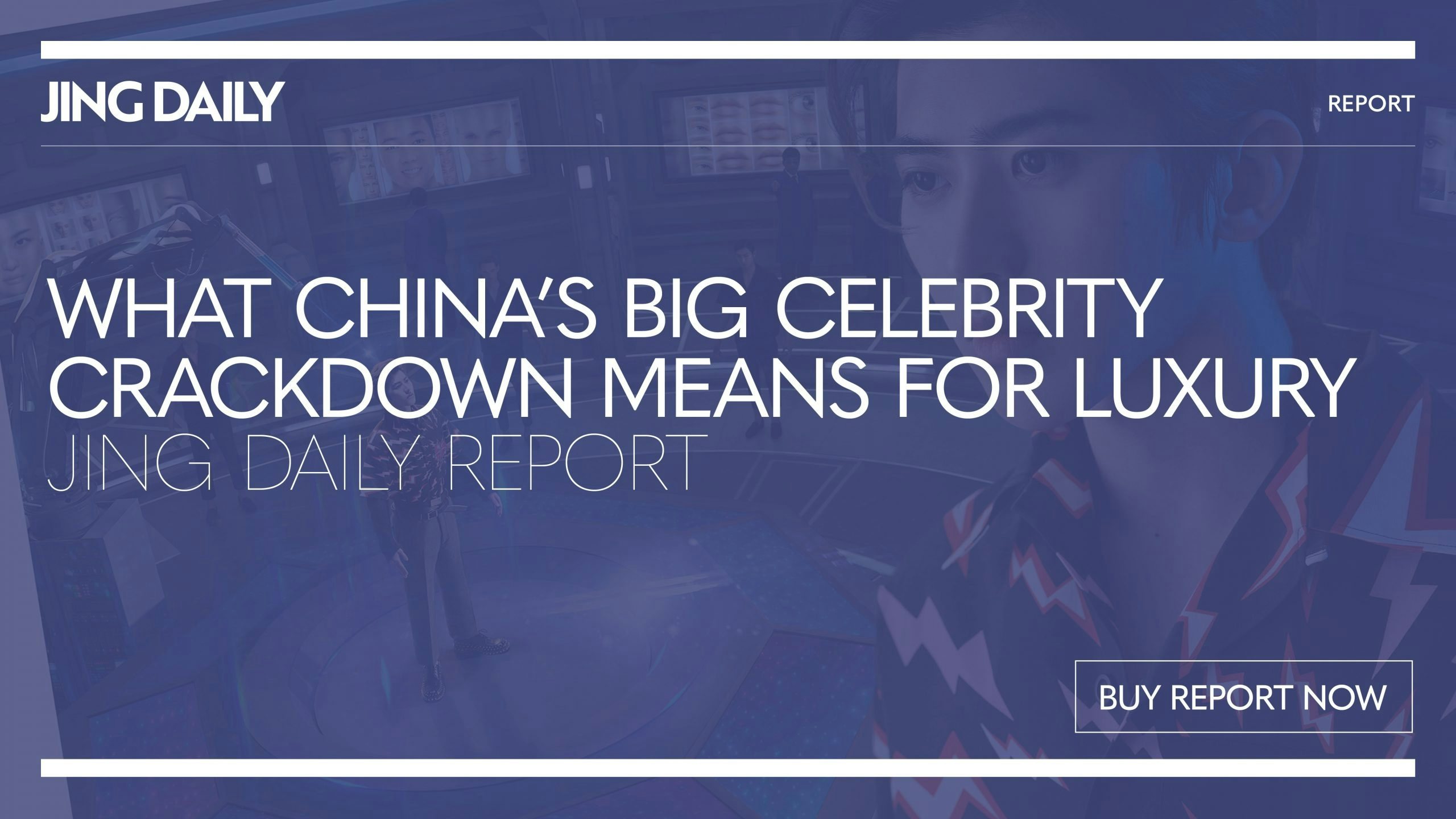This article originally appeared in Jing Daily's Content Commerce Edition newsletter, which highlights how brands successfully create content to drive revenue in China. Sign up for the Content Commerce Edition and other Jing Daily newsletters here.
It's no secret that China's short video platforms -- which include the likes of Bytedance's Douyin (TikTok's China-market predecessor), Bilibili, and Kuaishou -- are becoming virtually impossible for luxury brands to ignore. Every day, 600 million use Douyin and more than 300 million Kuaishou, and where both apps initially were simply places for young audiences to kill some time, they're increasingly becoming places to shop as well. According to the Financial Times, the gross value of all of the goods sold on Kuaishou in the third quarter of this year increased 86 percent year-on-year to RMB 175.8 billion ($27.6 billion).
But in addition to deciding whether to offer some form of e-commerce via short video platforms, luxury brands now need to decide how to best get in front of short video-addicted audiences. One rising trend that brands are increasingly eyeing as a part of their China marketing mix is short-form, largely “vertical” dramas — minutes-long programs that use a vertical format that is conveniently viewable on smartphones. While this trend never really took off in the West, with massively hyped American platform Quibi famously shuttering after just six months, in China they remain more popular than ever. According to Chinese-language media, short dramas on Kuaishou attracted 210 million daily active users (DAUs) in April 2021, with nearly 10 percent of them being “heavy viewers." Something of a shorter-form successor to the lifestyle dramas that have dominated streaming platforms over the past two years -- which have provided luxury brands with marketing opportunities as well as threats of bad PR -- short dramas could provide a means for luxury brands to leverage a fast-growing media segment at a relatively lower cost. But these opportunities don't come without caveats.
Akin to miniature episodic soap operas, short dramas have a relatively long (by internet standards) history in China, with Kuaishou among the first to introduce the format with its 2013 series Never Expected (万万没想到). Yet short dramas took nearly five years to hit their stride, steadily gaining viewer interest over the past three years. In 2020, China’s powerful media regulator, the National Radio and Television Administration (NRTA), began formally including short dramas — which it defined as programs with episodes of less than 10 minutes — under its supervision.
Around the same time, ever more film and television production houses and MCN agencies began to invest in short dramas, eager to get in on the trend to promote their in-house IP and rosters of talent. Following the lead of Kuaishou, which recently unveiled plans to launch more short dramas in the year ahead, Baidu’s content creation platform Baijiahao announced its official entrance into the short drama arena with its “Broken Shell Project” (破壳计划) program incubation initiative, while Douyin plans to promote more short drama programming on its app.
Clearly, short drama is an important rising trend, but the big question faced by producers and platforms (or luxury brands considering a collaboration) alike is whether the short drama format can actually mint valuable long-term IP. These programs are designed to be light and airy, meant to be enjoyed in short bursts like coffee breaks or on work commutes, unlike longer-form programs that look to get audiences deeply emotionally invested in the characters and plotlines.

Some programs, such as the recent Douyin hit Love Beyond Words (秦爷的小哑巴) — which racked up 330 million views — are based on existing IP, in its case a book that saw a more than five-fold jump in sales after the show's debut. Yet most short dramas have a more improvised, unscripted look and feel, often quickly tossed together to leverage viral trends and lure in young audiences. This is cause for concern among some in the industry, with one short drama producer telling China’s Modern Advertising (现代广告) that there is currently very little innovation in the short drama market, with most of it simply pandering to audiences by jumping on viral trends. The producer added that he expects this to lead to serious dilution and homogeneity in the market, with users willing to watch content but not willing to pay for it and producers unable or unwilling to invest in building long-term IP.
In an attempt to build a stronger business case for short dramas, some producers have launched paid “advanced on-demand” features to give loyal audiences early access to new episodes. Yet, as one industry source told Modern Advertising, this strategy is unlikely to pay off, adding, “When many people see the payment option, they’ll decide to watch free programs instead. Anyway, there’s not much difference [in quality] between the two.”
This increases the pressure on producers to figure out ways to actually monetize their short programs. Currently, the options are limited — basically just advertising, e-commerce sales, or platform subsidies. Currently, platform subsidies are the most common monetization model, with Kuaishou claiming it distributes more than RMB 5 million ($784,806) per month to short drama creators, with 80 percent of producers with over 100,000 viewers making some income. Considering the amount of content being posted daily, this is hardly sustainable for all but the most popular programs. This means advertising remains crucial for producers, who most often try to infuse product placement or include sponsors in the lots of their short dramas.
Yet beyond the difficulty of sustainable monetization, the key problem in an increasingly saturated short drama market remains the same as always: standing out from the pack, a daunting task when everyone leverages identical youth-based trends and angles for the exact same viewer demographics. And from a business and marketing standpoint, this means that the viability of short drama remains unknown, raising the question: what brand will be the guinea pig to give the format a shot? And will they take that route by partnering with an existing show or simply create their own?

